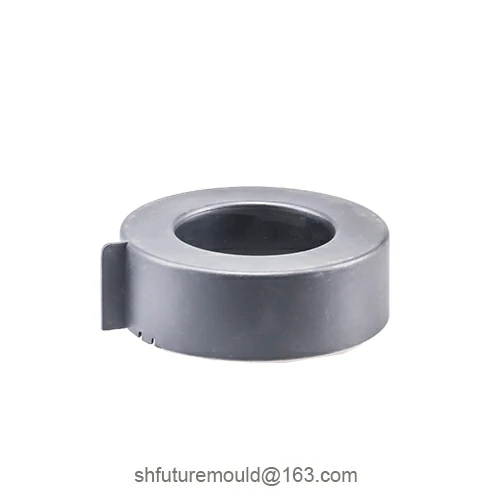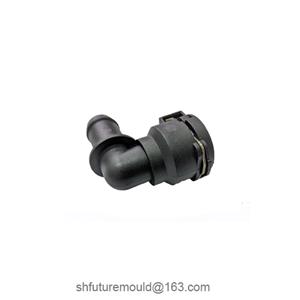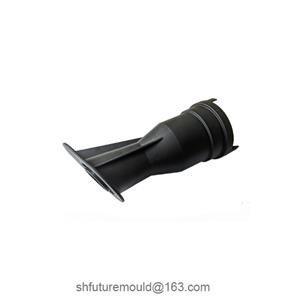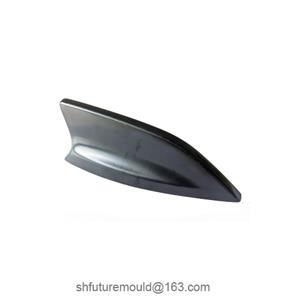Types of Structures for Injection-Molded Electronic Enclosures
The design of injection-molded electronic enclosures can vary widely, depending on factors such as the product's function, size, material, and production cost. Below are some common types of structures for injection-molded electronic enclosures:
Classified by Structural Form:
Integral Structure: All components of the enclosure are molded in a single piece. This design is simple, and cost-effective, but offers limited design flexibility.
Assembled Structure: The enclosure is composed of multiple parts assembled using screws, clips, or other fasteners. This offers greater flexibility and is easier for assembly and maintenance.
Insert-Molded Structure: Metal or other materials are embedded into the plastic during the molding process to enhance strength and conductivity.
Thin-Wall Structure: The enclosure walls are thin, reducing weight and making it suitable for portable electronics.
Reinforced Structure: Internal ribs or supports are added to increase the enclosure's rigidity and strength.
Classified by Function:
Protective Structure: Primarily designed to protect internal electronic components, offering good impact and abrasion resistance.
Heat Dissipating Structure: Features vents or fins to facilitate heat dissipation.
Sealed Structure: Provides a tight seal to prevent dust, water, and other contaminants from entering.
Shielded Structure: Offers electromagnetic shielding to prevent electromagnetic interference.
Classified by Material:
ABS: Offers good toughness, and impact resistance, and is cost-effective, making it a common choice for injection molding.
PC: Known for its rigidity, high-temperature resistance, and chemical resistance, making it suitable for demanding applications.
PP: Lightweight and chemically resistant, ideal for thin-wall products.
PBT: Offers good heat resistance and dimensional stability, making it suitable for precision electronics.
Factors Affecting Structure Selection:
Product Function: Different electronic products have varying requirements. For example, a smartphone case needs to be durable and aesthetically pleasing, while an industrial controller requires a more robust and heat-resistant enclosure.
Size: The product's dimensions directly influence the enclosure's design.
Material: The properties of the material used for molding determine the structure's strength, durability, and appearance.
Production Cost: Complex structures generally increase production costs.
Aesthetic Design: The desired look and feel of the product often dictate the enclosure's design.
- Injection Mold
- Automotive Injection Mold
- Electronics & Electrical Injection Mold
- Consumer Goods Injection Mold
- Airplane Components Injection Mold
- Medical Components Injection Mold
- Irrigation Components Injection Mold
- Injection Molds




